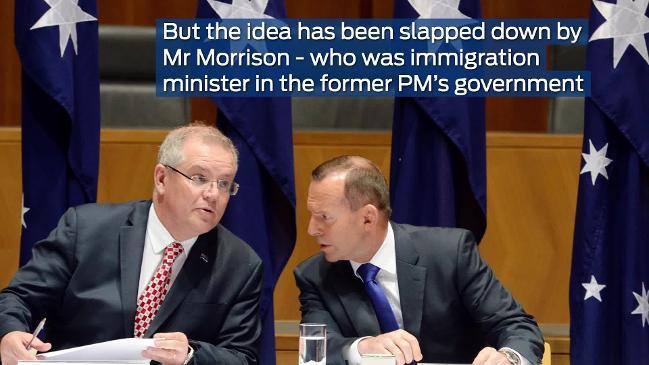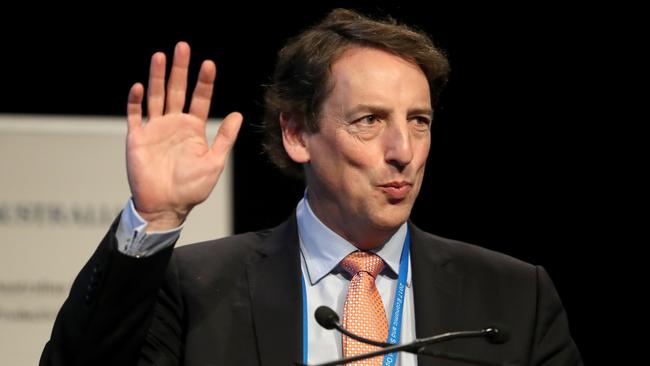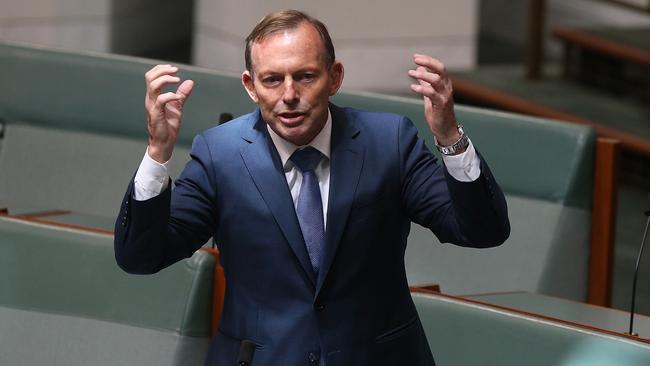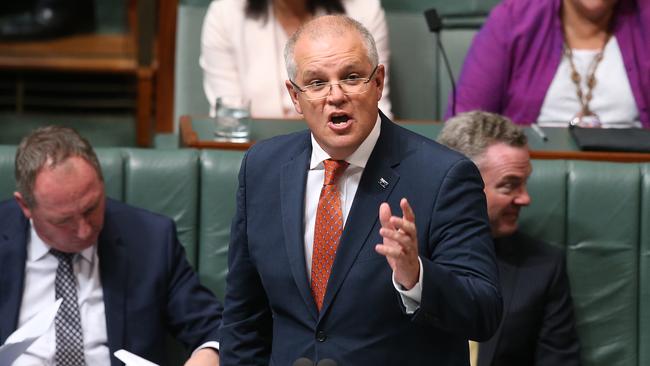Ultimatum on property price crisis: Fix planning or rethink migration intake
A MAJOR new report confirms that new homes aren’t being built at a rate fast enough to cope with the record levels of foreigners who are choosing the Australian dream squeezing locals out of the property market — particularly in capital cities such as Sydney.

NSW
Don't miss out on the headlines from NSW. Followed categories will be added to My News.
AUSTRALIA must consider “tapping the brakes” on migration to give “ordinary” battlers a chance to finally break into a seemingly unattainable housing market.
A major new report confirms that new homes aren’t being built at a rate fast enough to cope with the record levels of foreigners who are choosing the Australian dream.
And it is squeezing locals out of the property market — particularly in capital cities such as Sydney.
The report also finds that buying a home in the Harbour City is now increasingly dependent on who your parents are, not how hard you work.
This is in stark contrast to 35 years ago when even the working poor could own a home, the report by the Grattan Institute says.
Among a raft of controversial recommendations, the Housing Affordability: Re-Imagining The Australian Dream report includes a “population policy” that sets out the optimal levels of migration based on actual infrastructure and planning policies.
“Governments have disproportionately funded infrastructure in marginal seats rather than in the cities that have absorbed almost all of the population growth.”
Australia currently has one of the biggest migration rates in the developed world at 240,000 people every year.
Other ideas include slashing capital gains tax benefits, abolishing negative gearing and imposing land tax.
“If planning and infrastructure policies do not improve, consider reducing Australia’s current migrant intake,” it says.

The report also says “lower migration would make housing more affordable”.
“The population has grown particularly rapidly over the last few decades after immigration jumped in the mid-2000s.
“Unless state governments are prepared to reform their planning systems the Commonwealth government should consider tapping the brakes on Australia’s current migrant intake.
“With migration increasing substantially from about 2006, Australia’s population grew by about 350,000 a year, rather than the 220,000 per year that was typical in the previous decade.
“Dwelling construction did not match population increases, particularly in NSW.
“Migration also adds to costs for the existing population.
“Migrants require additional infrastructure, which the community must fund. Migrants require additional housing — and if this isn’t built, migrants increase the price of existing housing.”
“Without change, an increasing proportion of Australians born after 1970 will never get on the property ladder.”
Co-author and Grattan Institute chief executive John Daley said the answer wouldn’t be to cut “overseas migration to zero”.
“But I wouldn’t be surprised if the right answer is we tap the brakes,” he said.
Former prime minister Tony Abbott suggested scaling back migration to 110,000 a year to fix low wages, housing prices and social integration in a speech last month.
He said that the number must be brought “substantially down” at least until “infrastructure housing stock and integration has better caught up”.
MORE
MODERN FAMILIES BUNK IN TOGETHER TO POOL FUNDS
LATEST REAL ESTATE AND HEADLINE NEWS
EDITORIAL: MORE PEOPLE, MORE EXPENSIVE HOUSES

The Grattan Institute also says first homebuyer grants and stamp duty concessions are self-defeating, with the report’s authors arguing that both measures merely help to push prices up and should be abolished.
House prices could be cut by up to 20 per cent by building an extra 50,000 homes a year for a decade, the report says, while also urging state governments to fix planning rules to allow more homes to be built in inner- and middle-ring suburbs.
Sydney alone is suffering a severe undersupply of new homes, with estimates of a current shortage of 100,000 dwellings. House prices have doubled in real terms over 20 years. As a result the median house price in Sydney has gone from being four times the median average disposable household income in the early 1990s to eight times.
The report concludes that “overall, immigration is almost certainly positive” but only “if the required additional infrastructure and housing is built promptly and efficiently”.
“But … governments have disproportionately funded infrastructure in marginal seats rather than in the cities that have absorbed almost all of the population growth.
“Without change, an increasing proportion of Australians born after 1970 will never get on the property ladder.”
Treasurer Scott Morrison refused to comment on whether the government would consider winding back migration to help Sydneysiders get a foot in the housing market.

In response to the report’s findings that first homebuyer grants and stamp duty concessions did not work, Mr Morrison said: “The Government makes no apology for taking the exact opposite approach by giving a tax cut to first home buyers saving for a deposit, which will help them save 30 per cent faster.”
He also rejected the calls to abolish negative gearing and halve the capital gains discount, pointing out that the report itself says these moves would boost the budget, not help affordability.
“Labor also seek to dress up their blatant tax grabs as being about housing affordability,” Mr Morrison said.
“This is a careless act that will not only dent the ambition of Australians, including aspirations of home ownership, but hurt our economy,” he said.
However, Mr Daley conceded that there were no easy answers for politicians on this particular issue.
“The politics of real reform are poisonous because most voters already own a home or an investment property and they are wary of any change that might dent the price of their assets,” he said.
“But if governments keep pretending there are easy answers, housing affordability will just get worse.”
PARENTAL GUIDANCE PAYS OFF
BUYING your first home is no longer a matter of how hard you work — it’s a matter of how wealthy your parents are.
A new report reveals ownership rates for young people have dropped from 60 per cent of people aged 25-34 in 1981 to just 45 per cent now.

“Home ownership increasingly depends on who your parents are, a big turnaround from 35 years ago when all income groups had similar home ownership rates,” said Grattan Institute chief executive John Daley, whose team is behind the Housing Affordability: Re-Imagining The Australian Dream report.
The report warned patterns of inheritance would mean that more intergenerational inequality would amplify within generations: “The strong growth in the wealth of today’s older generations, combined with the steady shrinking of the family size from 1960 to 2000, may lead to more and larger inheritances and greater inequality.”
Young people have been hit hard by trying to save a 20 per cent deposit — taking about six years to accumulate in the early 1990s but now nine to 10 years.
Jaime Attard, 21, has decided to look for a house priced “in the $400,000s” in a regional town like Orange or Dubbo to “get a foot in the door” — with the help of her parents in a Parent’s Pledge bank product.
“They can use their home as a guarantee, which means I’ve got pre-approval to start looking for something in a regional town.”

